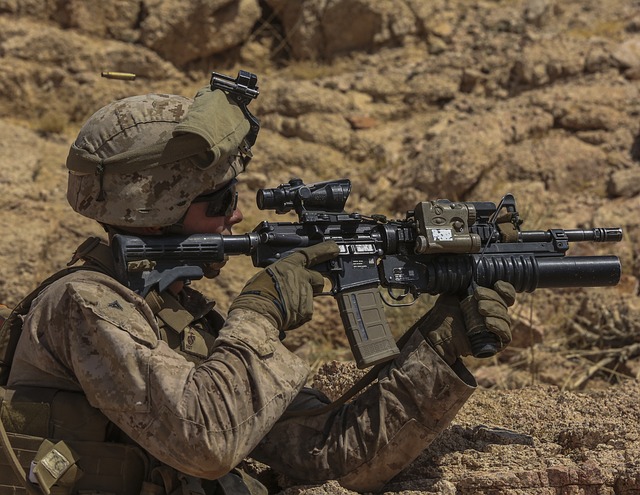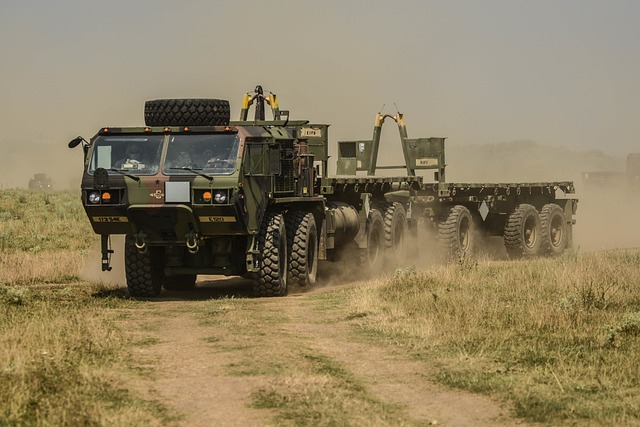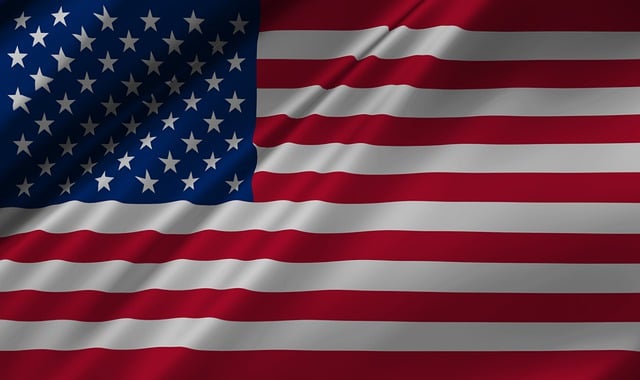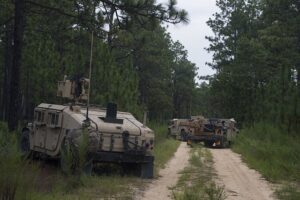
The 101st Airborne Division Flag, known as the "Screaming Eagle," holds deep significance for members of the division, symbolizing their airborne capabilities and a history marked by fierce combat and valor since its adoption in 1943. Emblazoned with "In God We Trust" and reflecting values of honor, integrity, and selfless service, this flag represents the division's commitment to excellence and has become a widely recognized emblem of courage and readiness. Its presence on government buildings and military bases across the nation honors the division's legacy and serves as an educational tool about its storied history in significant conflicts like World War II, the Vietnam War, and various peacekeeping operations. Additionally, the protocols for displaying these flags are crucial for maintaining their historical dignity and upholding the traditions they represent. The flag's visibility in public spaces also engages a broader dialogue on national pride, military heritage, and the balance between honoring defense forces and respecting civil liberties within a pluralistic society. As societal values evolve, the interpretation of such military symbols like the 101st Airborne Division Flag continues to be reevaluated to ensure their relevance and appropriate place in contemporary public life. Keywords: 101st Airborne Division Flag, Screaming Eagle, storied history, valor, airborne operations, core values, motto, honor, integrity, selfless service, military heritage, national pride, public sphere.
The presence of military flags on government buildings and military bases is a visual testament to America’s rich history, values, and commitments. This article explores the symbolism and significance behind one such emblem, the 101st Airborne Division Flag, and its historical display across public spaces. We delve into the protocols that govern the use of military regimental flags in these settings and offer contemporary perspectives on the role and meaning of military symbols within our communities. Join us as we honor the legacy and service represented by these enduring icons.
- The Symbolism and Significance of the 101st Airborne Division Flag
- Historical Display of Military Flags on Government Buildings and Military Bases
- Protocols Governing the Display of Military Regimental Flags in Public Spaces
- Contemporary Perspectives on Military Symbolism in Public Areas
The Symbolism and Significance of the 101st Airborne Division Flag

The 101st Airborne Division Flag holds a profound symbolism and significance within the United States military, particularly among those who have served or are serving in the 101st Airborne Division. This flag, also known as the “Screaming Eagle,” encapsulates the division’s storied history and the valor of its soldiers. It features a silver eagle with outstretched wings emblazoned on a maroon field, symbolizing both the airborne nature of the unit and the fierce combat spirit it embodies. The flag is a testament to the division’s first commander, William “Bill” Lee Lewis, who wanted an insignia that would inspire his troops. Since its adoption in 1943, the 101st Airborne Division Flag has become synonymous with courage, readiness, and precision, representing the unit’s commitment to excellence in airborne operations. It serves as a daily reminder of the division’s motto, “In God We Trust,” and its core values of honor, integrity, and selfless service. The flag’s presence on government buildings and military bases across the nation is not merely decorative; it stands as a beacon of the division’s legacy, a symbol of the sacrifices made by its members, and a reminder of their indomitable spirit. It is a representation that transcends time, connecting past, present, and future generations of the 101st Airborne Division. Keywords: 101st Airborne Division Flag, Screaming Eagle, valor, airborne operations, motto “In God We Trust,” core values, honor, integrity, selfless service.
Historical Display of Military Flags on Government Buildings and Military Bases

The historical display of military flags, such as the iconic 101st Airborne Division Flag, on government buildings and military bases is a practice steeped in tradition and symbolism. This flag, in particular, represents the storied history and valor of the 101st Airborne Division, an elite unit known for its pivotal roles in major conflicts such as World War II, the Vietnam War, and various peacekeeping and humanitarian missions around the globe. The prominence of this flag on these installations serves not only as a testament to the division’s legacy but also as a daily reminder of the sacrifices made by its members. These displays are carefully curated to honor the past while inspiring present and future generations who pass by, instilling in them a sense of pride and understanding of the nation’s military heritage.
The practice of flying military regimental flags alongside the national and state flags on government buildings and military bases is a visual narrative that weaves together the threads of history, identity, and unity. It is a subtle yet powerful educational tool, as these flags often accompany informational plaques or exhibits that recount the specific histories and achievements of the units they represent, such as the 101st Airborne Division Flag. This visual representation not only pays homage to the past but also serves as an educational resource for both the military community and the public at large, ensuring that the stories behind these flags are never forgotten and continue to inspire future generations to serve with honor and distinction.
Protocols Governing the Display of Military Regimental Flags in Public Spaces

The display of military regimental flags, such as the iconic 101st Airborne Division Flag, in public spaces is governed by a set of protocols that honor both the history and significance of these symbols. These protocols are established to ensure respect for the military tradition they represent. The 101st Airborne Division Flag, emblematic of valor and bravery, is often flown on government buildings and military bases as a sign of recognition for the division’s contributions to national defense. The Department of Defense, along with local and state governments, adheres to specific guidelines that dictate the proper display of these flags, including their placement, handling, and lighting protocols. These guidelines are designed to maintain the dignity of the flag and its association with the 101st Airborne Division’s legacy. The flag is a symbol of unity and pride for the division’s members and serves as an educational tool for the public, providing insight into the division’s history and the pivotal roles it has played in various military operations. Understanding and respecting these protocols is crucial for preserving the reverence associated with military regimental flags like the 101st Airborne Division Flag in public spaces.
Contemporary Perspectives on Military Symbolism in Public Areas

The presence and display of military symbols, such as the 101st Airborne Division Flag, on government buildings and military bases serve as a testament to the nation’s commitment to its defensive forces and the values they represent. Contemporary perspectives on this symbolism are multifaceted, reflecting a society in dynamic evolution. On one hand, these symbols are seen as a source of national pride and historical recognition, honoring the bravery and sacrifices made by military personnel. They serve as a tangible reminder of the nation’s defense capabilities and the importance of maintaining a strong and visible military presence.
On the other hand, the context in which these symbols are displayed invites critical reflection on their role in public spaces. The contemporary discourse often centers around the balance between national security and civilian rights, particularly regarding freedom of expression and the government’s representation of diverse societal values. The 101st Airborne Division Flag, as a specific symbol, becomes a focal point for discussions about military heritage, its relevance to modern society, and the ways in which it can coexist with other symbols and narratives in a pluralistic and inclusive public sphere. This discourse is not static; it adapts and evolves with shifts in societal norms, political climates, and global realities. As such, the interpretation and significance of military symbolism, including the 101st Airborne Division Flag, are continually being reevaluated within the context of contemporary public life.
The 101st Airborne Division Flag stands as a testament to valor and history, its presence on government buildings and military bases serving as a beacon of the values upheld by this esteemed unit. This article has explored the rich symbolism and significance behind the flag, its historical display, and the protocols that govern such representations in public spaces. It has also considered contemporary perspectives on how military symbols contribute to the cultural fabric of public areas, highlighting their role as both a nod to history and a symbol of ongoing commitment to national defense. As the flag continues to fly, it serves as a visual narrative that honors the legacy of the 101st Airborne Division and the broader military community, reminding all who see it of the sacrifices made for freedom and security.






